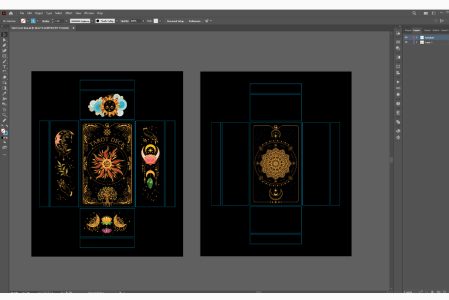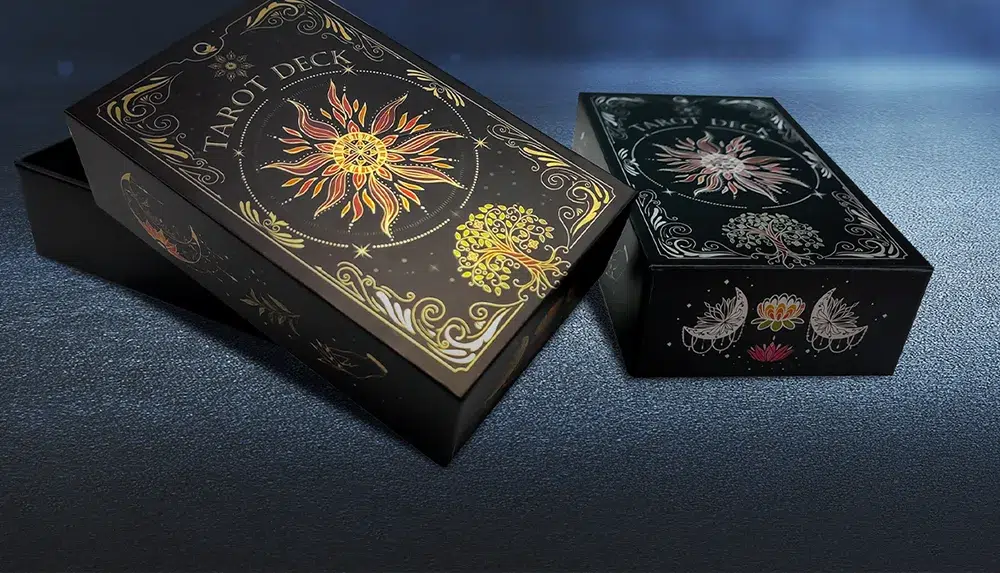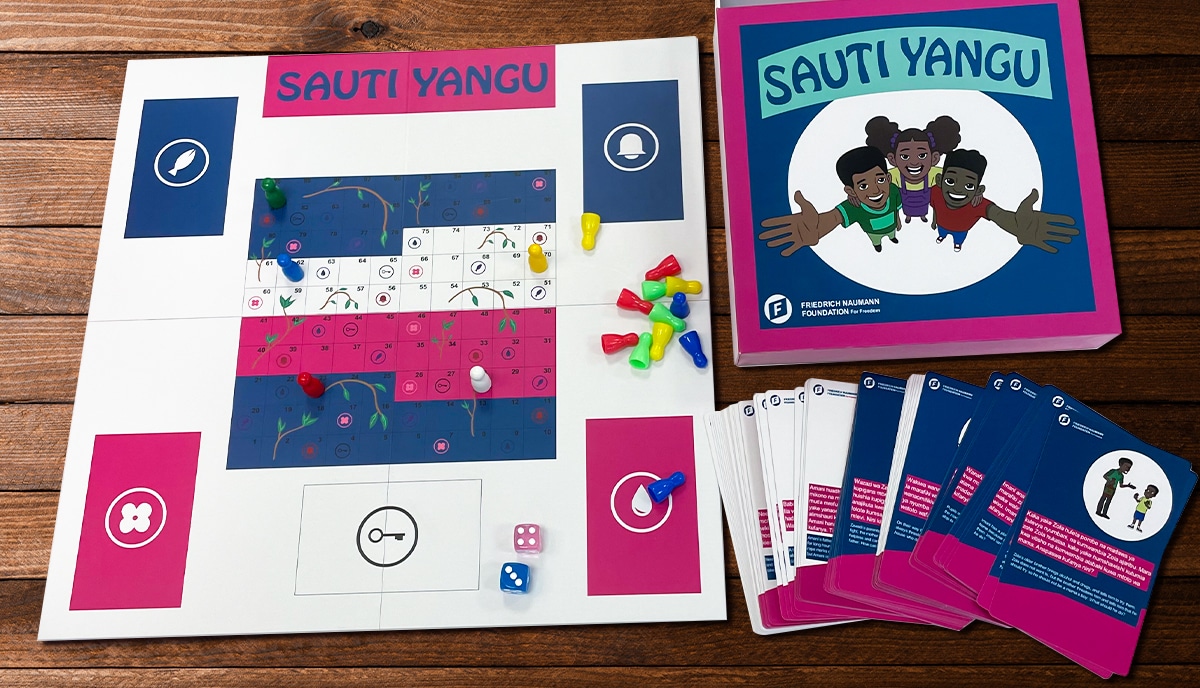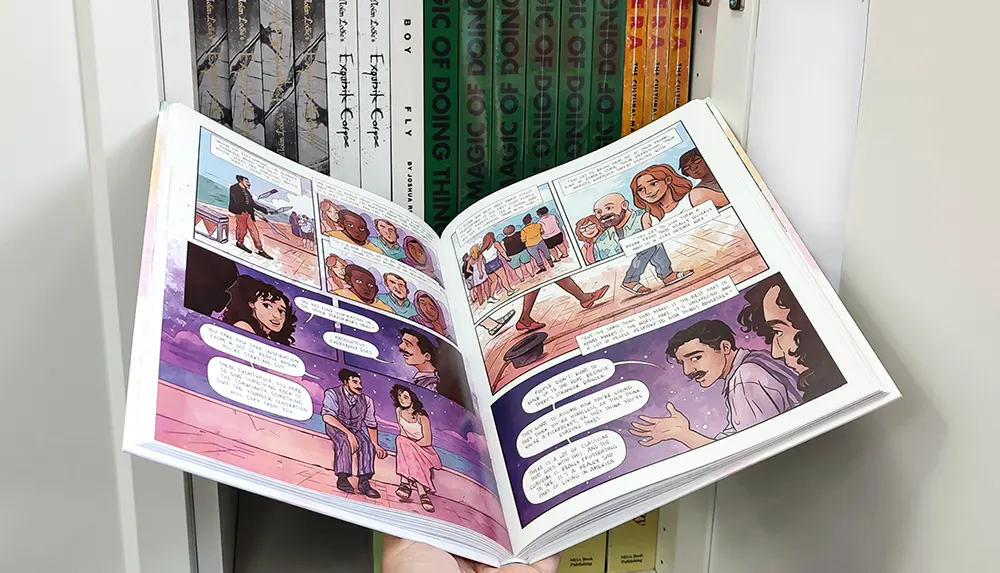Drawing on almost 30 years of industry experience in packaging design and printing, we examine why we use Adobe tools and why Illustrator is the optimum software for this kind of work
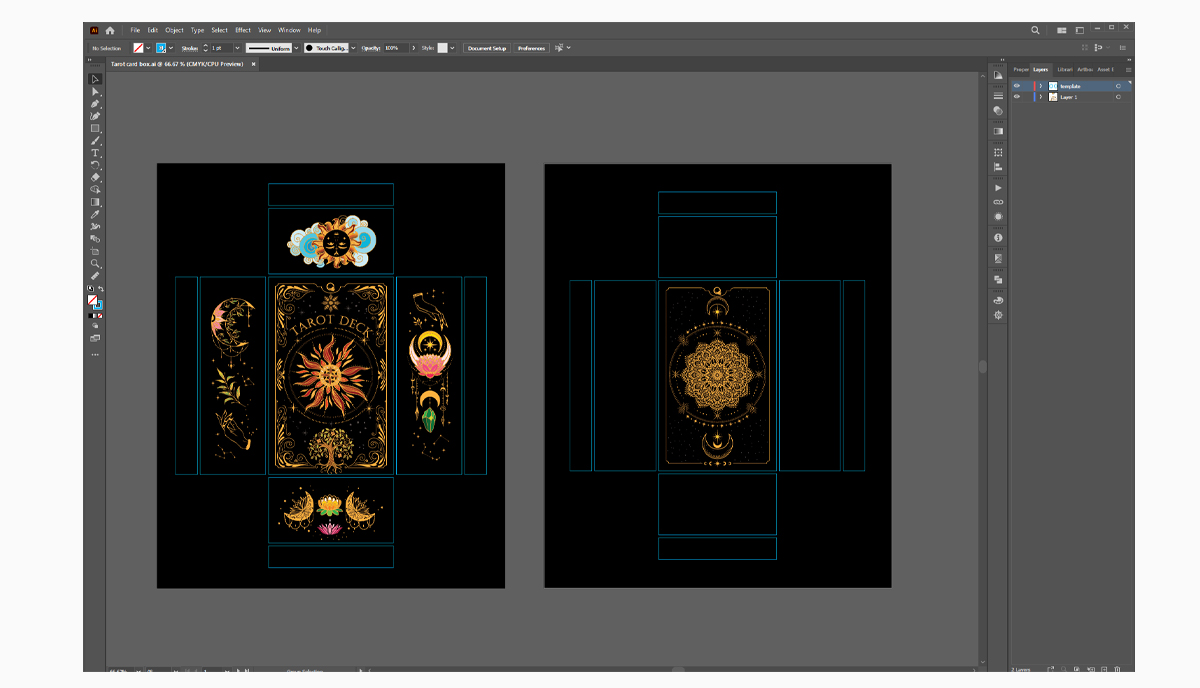
Packaging design plays an essential role in capturing the attention of consumers and enticing them to purchase a product. To create visually appealing and impactful packaging, designers need the right tools at their disposal. With packaging design, Adobe Illustrator stands out as the preferred software among industry professionals. It's what we use here at QinPrinting. In this post, drawing on almost 30 years of success in the industry and helping clients with structural as well as artwork design, we'll explain the reasons why Adobe Illustrator is the best choice for packaging design, discussing its features, advantages, and how it compares to other design software options.
Why packaging design matters
Before delving into the specifics of Adobe Illustrator's suitability for packaging design, we think it's important to understand the significance and purpose of packaging design itself. There's a heck load more to it than just putting things in boxes! Packaging serves as a powerful marketing tool, attracting potential buyers and communicating your brand values. Eye-catching and well-designed packaging can make a product stand out on crowded store shelves, enticing consumers to make a purchase. And obviously, packaging plays a vital role in protecting the product, ensuring its integrity during shipping, handling, and display.
The role of software in packaging design
In today's digital age, software plays a pivotal role in the design process. And you'll need to produce digital files (usually in PDF format) of your structural and artwork designs for a manufacturer and printer to realize your creations. So nowadays, designers rely on software to translate their creative vision into tangible designs that can be printed or manufactured. With packaging design, the right software can significantly affect the efficiency and quality of the final product. It is essential to choose software that offers the features, tools, and capabilities to meet the unique demands of packaging design. And there's a lot of software out there vying for your attention and hustling for your buck. But not all software is equal. As professional packaging designers and printers, we've experimented over the years with many options and we're always open to innovation. But we need to be honest: Illustrator is simply the best tool on the market. Period. We should add that we have no affiliation with Adobe and we make no money for recommending it. We just love it is all.
Why Adobe Illustrator is the industry standard
Among the various design software options available, Adobe Illustrator has gained a reputation as the go-to tool for packaging design. Let's explore some of the key reasons why Adobe Illustrator is the preferred choice for packaging designers.
• Vector-based design
One of the primary advantages of Adobe Illustrator is its ability to create designs using vector graphics. Unlike raster-based images, which comprise individual pixels, vector graphics are created using mathematical equations that define curves, lines, and shapes. This vector-based approach enables you to create infinitely scalable and resolution-independent artwork, ensuring that your designs will look crisp and sharp at any size.
• Precision and scalability
Precision is crucial in packaging design, as every element needs to be perfectly aligned and proportioned. Adobe Illustrator provides you with precise control over every aspect of your design, enabling you to align objects, adjust sizes, and create intricate details with ease. Illustrator's scalability allows you to resize your artwork with no loss in quality, making it ideal for packaging designs that need to be reproduced across a range of sizes and formats.
• Extensive toolset
Adobe Illustrator boasts a comprehensive set of tools that cater specifically to the needs of packaging designers. From shape creation and manipulation to advanced typography and color management, Illustrator offers an array of features that empower you to bring your creative ideas to life in the most practical and streamlined way possible via a clean and intuitive user interface. The software provides tools for precise measurements, grid alignment, and includes smart guides so that discovering the capabilities of the software is easy and time-efficient so you can self-educate without holding up your workflow.
• Customizable workflows
Talking of workflows, every designer has their preferred workflow and organizational system. Adobe Illustrator recognizes this need for customization and allows you to create and adapt your own workspaces and, for example, set up personalized shortcuts. This flexibility enhances productivity and efficiency, enabling you to work seamlessly and comfortably within the software. illustrator also integrates with other Adobe Creative Cloud applications, facilitating a smooth design process when co-developing, say, a complex structural design, artwork, and text in more than one application, such as InDesign.
Illustrator vs. InDesign: finding the right fit
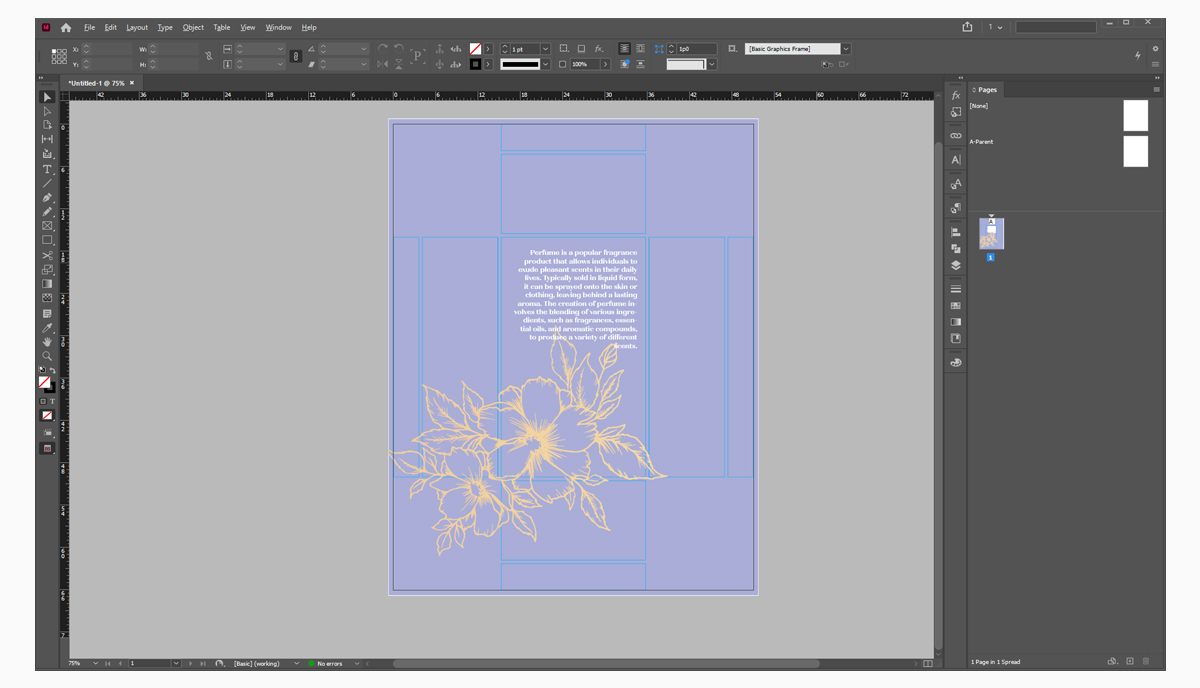
While Adobe Illustrator is a popular choice for packaging design, it is essential to consider other design software options to ensure the best fit for specific projects. InDesign, also developed by Adobe, is another powerful tool that we often incorporate into the process for packaging design.
Adobe Illustrator excels in creating vector-based designs, making it ideal for packaging projects that require precise shapes, logos, and illustrations. Its extensive toolset, including the Pen Tool, Pathfinder, and Live Trace, allows you to create intricate and detailed artwork that maintains its sharpness and integrity in print. And while we're focusing on the reason Adobe Illustrator is the best choice for packaging design in this post, that doesn't mean it's the only tool you should use. Its preset integration with other Adobe applications, such as Photoshop and InDesign, ensures a seamless design workflow and facilitates the incorporation of raster-based elements into packaging designs when you need them—for example, if you have photographic elements which can't be rendered as vectors.
Adobe InDesign is primarily designed for layout and typesetting, but that's where it comes into its own and fully complements the structural and artwork design you do in Illustrator. It provides robust features for creating multi-page documents, such as brochures, magazines, and books. Many of these features can apply to several aspects of packaging design, too, and you'll often want to include inserts in boxes as part of the overall schema. InDesign's strengths lie in its ability to handle large amounts of text, manage styles, and create complex layouts with ease. While it may not offer the same level of precision and control as Illustrator for creating vector graphics, InDesign can still be a valuable tool for packaging design projects that require extensive text placement and layout design.
Deciding between Adobe Illustrator and InDesign for packaging design ultimately depends on the specific requirements of the project. If the focus is on creating intricate illustrations, precise shapes, and logos, Illustrator should be your preferred choice. If the packaging design involves extensive text placement, InDesign may be more suitable. We often use both software applications in our packaging design workflow, leveraging the strengths of each to achieve the desired results.
So, what about Photoshop?
While Illustrator and InDesign are both powerful tools for packaging design, it is worth mentioning Adobe Photoshop as another popular software option. Photoshop is primarily known for its image editing capabilities, making it a valuable tool for designers working with product photography and creating realistic mockups. Let's compare Illustrator and Photoshop to understand which software is better suited for different aspects of packaging design.
• Vector vs. raster
The most significant distinction between Illustrator and Photoshop lies in their graphics. Illustrator focuses on creating vector-based artwork, which is ideal for designing logos, icons, and scalable illustrations for packaging products of varying sizes and shapes. Photoshop primarily deals with raster-based images, making it suitable for editing and enhancing digital photographs. With packaging design, Illustrator's vector-based approach provides the flexibility and scalability necessary to create impactful designs that can be reproduced in various sizes without losing quality. But if your packaging needs photographs—or photo derived images—printing on the surface, Photoshop could be a useful companion tool to consider. Just make sure that all your images are created and exported in high resolution. Hi-res means at least 300 dpi (dots per inch).
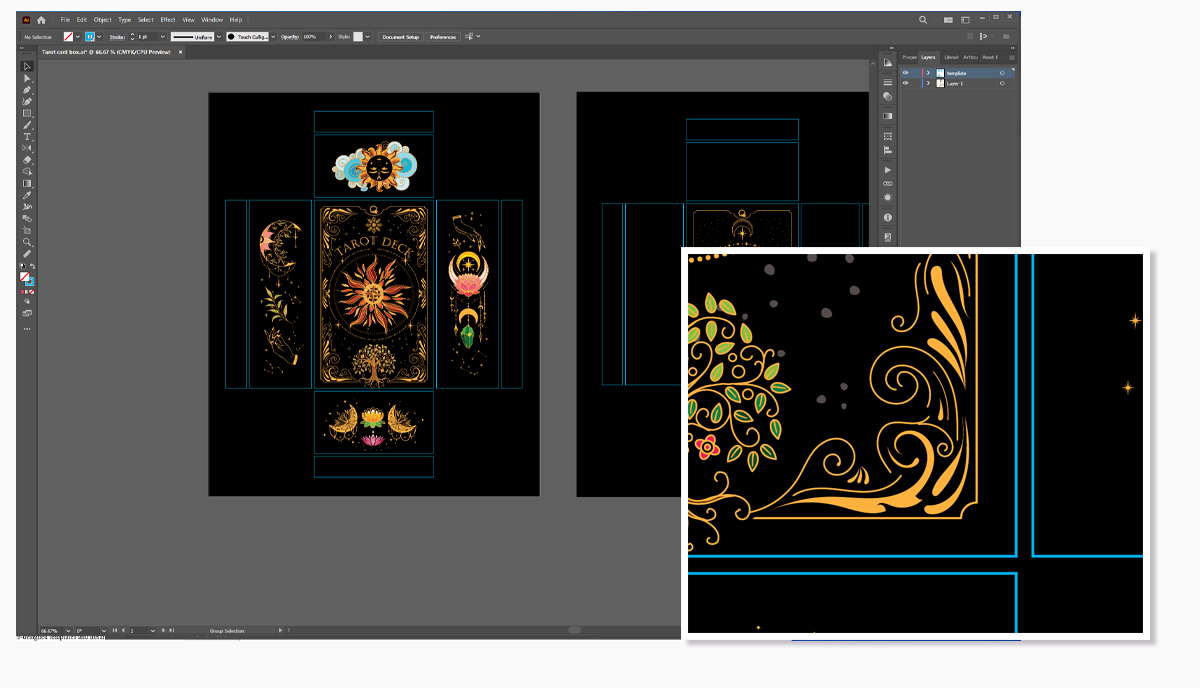
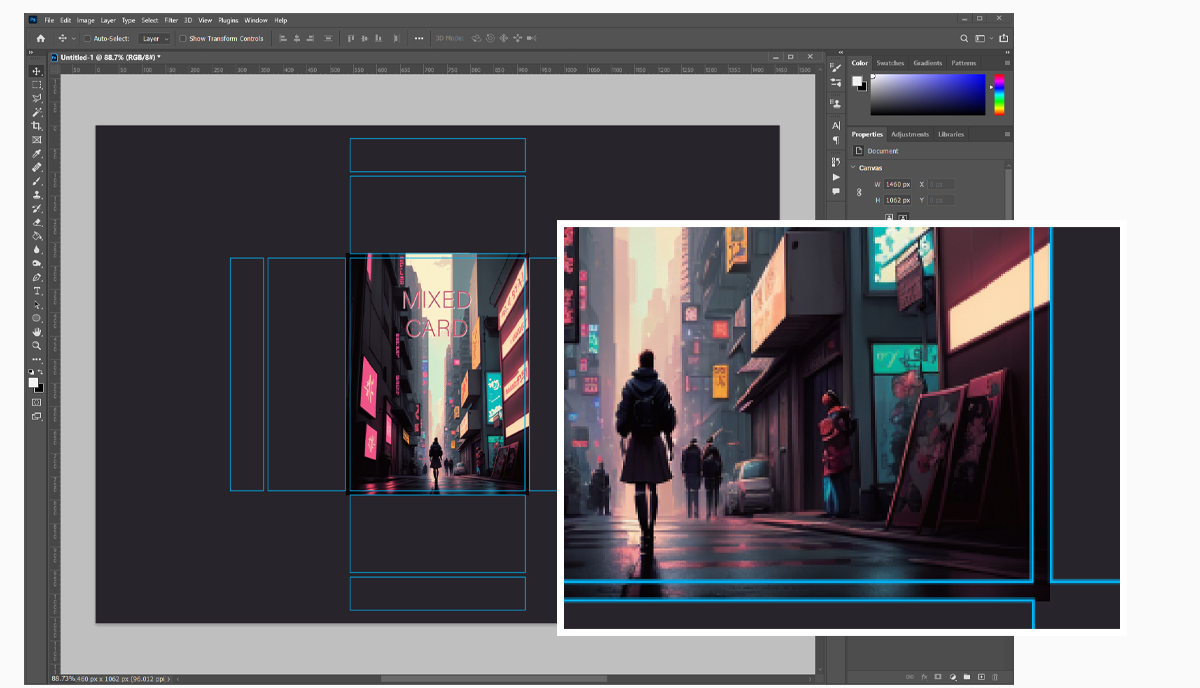
• Detailed editing and effects
While Illustrator is perfect for working in vector graphics, Photoshop excels in detailed editing and various visual effects as applied to photographic imagery. Photoshop offers advanced tools for retouching, color correction, and applying filters to images. So you can use Photoshop to enhance product photographs, create realistic textures, and generate visually stunning effects for your packaging design. For complex packaging products, you may end up combining all three applications in the Adobe suite: Illustrator, InDesign, and Photoshop. When you need to combine raster and vector elements to achieve the desired visual impact on the printing side, this is always a workable option.
• Integration between Illustrator and Photoshop
Adobe recognizes the complementary nature of Illustrator and Photoshop and has developed seamless integration between the two software applications. It's very easy to transfer artwork between Illustrator and Photoshop, leveraging the strengths of each software to enhance your designs. For example, you can create vector-based illustrations in Illustrator and import them into Photoshop for further editing and manipulation. This integration allows for a versatile and efficient design workflow and allows you maximum richness in approaching your desired result.
Our top tips for packaging design in Illustrator
To optimize the use of Adobe Illustrator for packaging design, it is essential to familiarize yourself with useful tips and tricks that can streamline the design process and enhance productivity. We'd like to share these valuable techniques and features that you can use in Illustrator for creating packaging design to manufacture and print with us. Of course, if at any stage you have doubts or questions, just talk to us and we'll be happy to help. We've gone the extra mile to make ourselves accessible to clients and potential clients, so you can contact us by telephone, email, Skype, the contact form, or the live chat when we're in the office.
• Use templates and libraries
Adobe Illustrator provides a vast collection of pre-designed templates and libraries specifically tailored to packaging design. You can leverage these resources to jumpstart your projects and save time in the initial design phase. Templates offer pre-configured settings, such as artboard sizes, bleed areas, and fold lines, ensuring that the packaging design adheres to industry standards. Libraries provide a centralized repository for storing and accessing frequently used design assets, such as logos, icons, and patterns. And if you need a customized template, ask us. We'll make one for you.
• Make 3D Mockups
Packaging design often requires showcasing the final product in a realistic and visually appealing manner. Adobe Illustrator offers 3D capabilities that allow you to create lifelike mockups of your packaging designs. By applying 3D effects and mapping artwork onto 3D objects, you can present your designs in a three-dimensional space, providing clients and stakeholders with a tangible representation of the final product. These 3D mockups can be rendered from different angles and perspectives, enhancing the overall presentation of the packaging design. What's not to love about that?
• Getting everything print-ready
When designing packaging, it's incredibly important to consider the final print output and make sure that all your files are “print-ready”. Adobe Illustrator offers various features and settings that enable you to optimize your designs for print. Color management tools ensure accurate color reproduction, while print-ready PDF export options help preserve the integrity of the design during the print production process. And you can use the Separations Preview panel to make sure that all color separations are correct and prepare your artwork for successful printing. Our expert in-house design team will always manually check all your files before going to press, and we'll help you resolve any issues we may find.
Mastering Illustrator for packaging design
We've already highlighted the relatively intuitive and user-friendly nature of the Illustrator interface, but we'd be lying if we pretended there isn't a learning curve to climb. To fully harness the power of Adobe Illustrator for packaging design, we strongly advise you to explore the various resources and educational opportunities available that can enhance your skills and expertise.
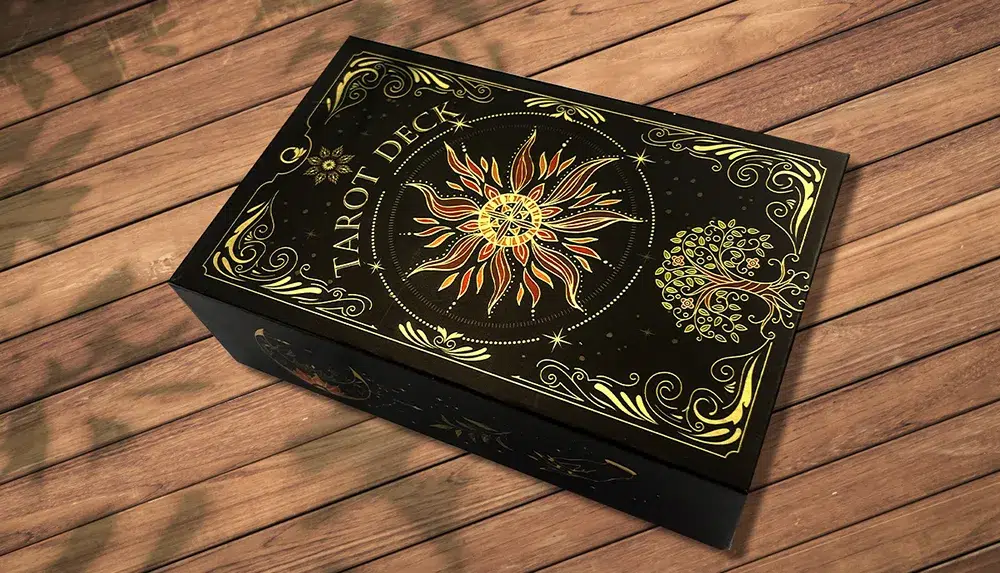
• Online resources and tutorials
The Internet offers a wealth of online resources and tutorials that can help designers learn and master Adobe Illustrator for packaging design. Websites, such as Adobe's official tutorials, design blogs, and video tutorial platforms, provide step-by-step guidance on various topics, including artwork creation, advanced techniques, and tips for optimizing the use of Illustrator in packaging design.
• Workshops and courses
Attending workshops and courses dedicated to packaging design and Adobe Illustrator can provide you with hands-on experience and in-depth knowledge. Design schools, professional organizations, and online learning platforms often offer specialized courses that focus on packaging design principles, best practices, and advanced Illustrator techniques. These workshops and courses give you the opportunity to interact with industry professionals, receive personalized feedback, and expand your networks within the design community.
Adobe Illustrator has firmly established itself as the industry standard for packaging design, offering a comprehensive set of tools and features that cater specifically to the needs of designers. Its vector-based approach, precision, scalability, and extensive toolset make it the ideal choice for creating impactful and visually stunning packaging designs. While other design software options, such as InDesign and Photoshop, have their strengths, Illustrator's versatility and integration with other Adobe applications make it the go-to software for packaging designers. By mastering Adobe Illustrator and leveraging its capabilities, you'll be able to create packaging designs that captivate consumers, enhance brand identity, and drive product sales.
Talk to us!
If you have any questions or difficulties with your packaging design, whether structural or graphic, or you're struggling with the applications, the bottom line is to let us help you! Get in touch today—either by telephone, email, Skype, or our simple contact form—to chat through your needs or to ask for a no-obligation quote. We can't wait to help you make your next packaging project one that exceeds all your former expectations.





